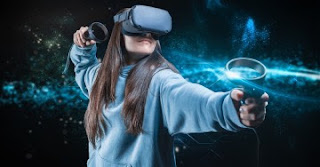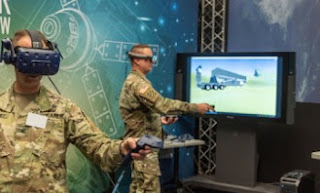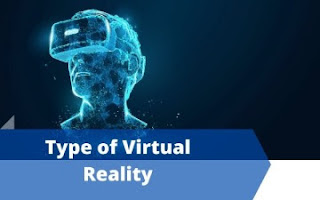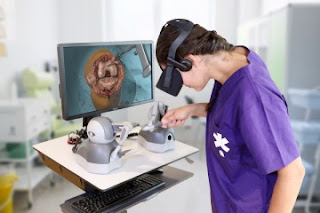Virtual Reality: Definition and background information

Wi th the help of technology, users may fully submerge themselves in a simulated three-dimensional world thanks to virtual reality, or VR for short. In contrast to conventional screen experiences, which let users see an image of the outside world, virtual reality (VR) immerses viewers in a virtual environment and frequently allows them to interact with it in real time. This is accomplished by combining software that builds and renders the virtual surroundings with hardware, such as hand controllers and VR headsets. VR aims to create a compelling illusion of reality where the lines between the actual and virtual worlds blur by engaging all senses, including sight, hearing, and occasionally even touch. Although virtual reality (VR) dates to the middle of the 20th century, its popularity has recently increased exponentially. Technological developments have made it easier to create VR gadgets that are more widely available and reasonably priced, so appealing to a larger population. The



.jpg)